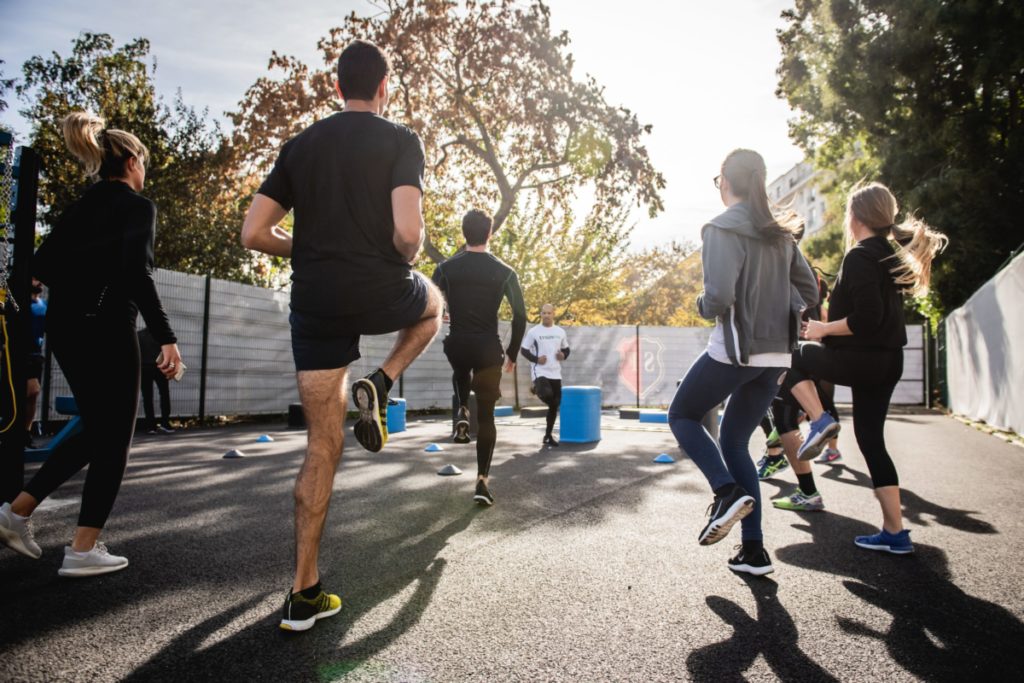Americans say they’re moving more, but not by much.
What’s happening: A report examining US Census data from 2020 determined the majority of American adults weren’t meeting the CDC’s recommendation for physical activity: 150+ minutes of aerobic activity paired with two days of strength training.
- 52% of adults met aerobic guidelines only.
- 35% completed adequate muscle-strengthening activities.
- 28% met the combined guidelines for both.
Geographically, adherence to both guidelines was significantly lower in rural communities, and the lowest ranking US South underperformed the most active US West by 6.5%.
Of note, the collection timeframe for the data was at the height of pandemic lockdowns, and activity was self-reported, not tracked.
Why it matters: This new data mirrors global data from the WHO’s inactivity report. If accurate, it would be a modest gain for Americans. In years past, the number who completed both aerobic and strength requirements was below 25%.
Still, the census data is nothing to celebrate — and by multiple accounts, many Americans dropped exercise routines entirely throughout the pandemic.
Looking ahead: The world’s fourth-leading cause of death for the past decade, inactivity is a pandemic in itself — only this one is well-understood and highly preventable.
Some encouraging signs, Gen Z exercises more regularly than its predecessors and strength training is America’s most popular style of working out. But the numbers don’t lie, and the real concern is how the other half is living.






